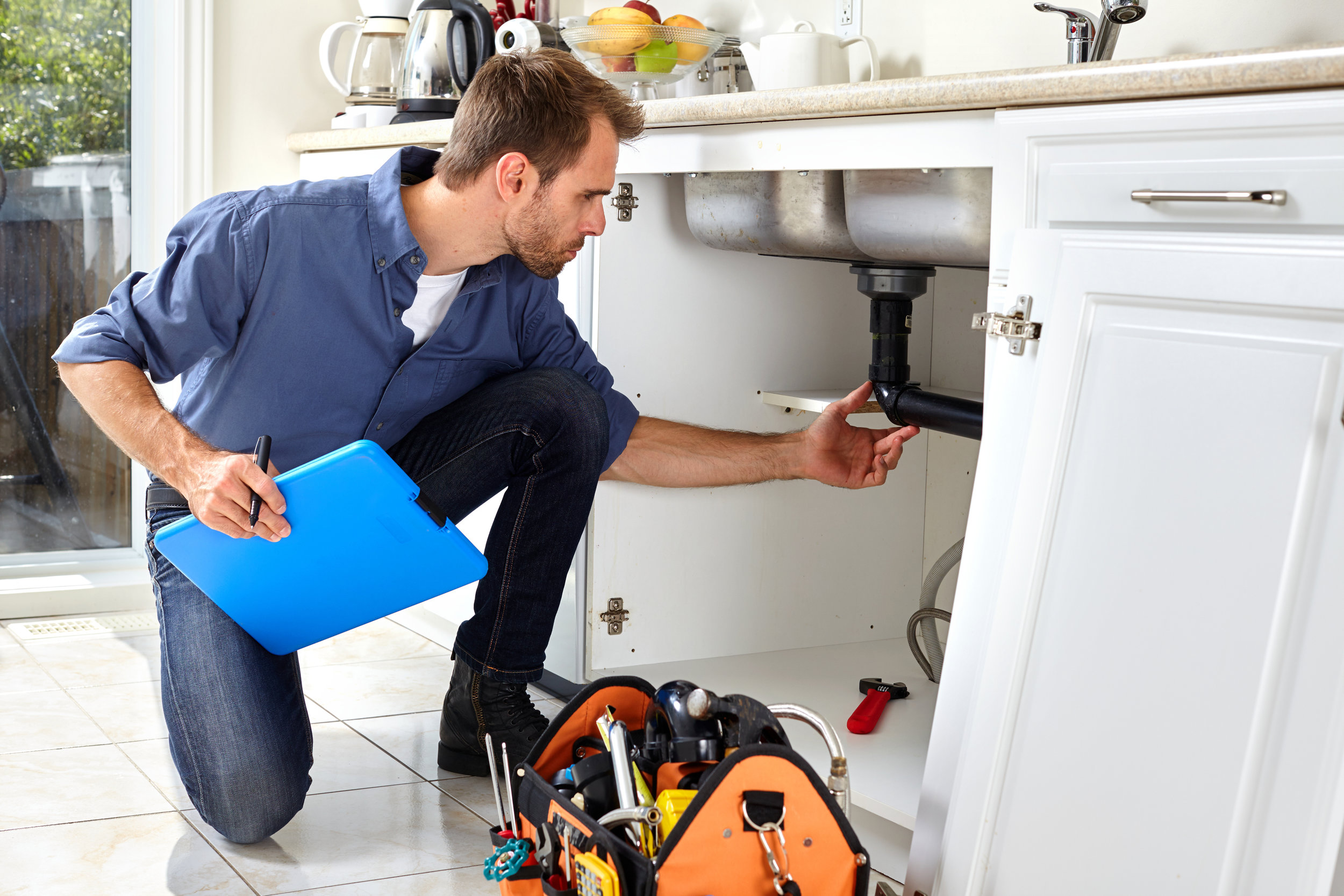A Detailed Overview to Reliable Water Heater Installment for Optimal Performance
Beginning on the task of installing a water heating system is an endeavor that demands accuracy and a systematic strategy for accomplishing optimum performance. As you proceed, the intricacies of linking water supply lines and setting up trusted electric or gas connections await, appealing insights right into making sure performance and dependability.
Selecting the Right Hot Water Heater

Next, take into consideration the size and capability of the water heater. It's essential to analyze your family's warm water needs, which can differ based upon the number of residents and their use patterns. A device that's also little may bring about insufficient hot water, while an extra-large version may result in unneeded power intake.
Efficiency ratings likewise play a pivotal function in choice. Seek hot water heater with high Power Element (EF) scores, indicating remarkable performance and reduced power usage. Tankless models, though normally more costly in advance, offer considerable energy financial savings gradually because of their on-demand heating capabilities.
Preparing the Installment Area
Prior to mounting a brand-new water heating system, thorough prep work of the installation location is essential. It's critical to determine the room meticulously to accommodate the water heating system's measurements, making sure appropriate clearance around the device for efficient operation and maintenance.
Next, eliminate any particles, dust, or obstructions from the site to produce a tidy setting. Inspect the floor for security, as the water heater will certainly need a strong, level surface to run efficiently. If required, set up a drip frying pan beneath the device to catch potential leaks or spills, avoiding water damages to the surrounding area. In areas prone to seismic task, take into consideration setting up seismic bands to safeguard the heating system firmly in position.
In addition, ensure that all necessary devices and products get on hand prior to beginning the installment. This includes items such as wrenches, screwdrivers, a degree, and any type of extra hardware needed for mounting and safeguarding the heating system. A well-prepared installation location sets the structure for an effective hot water heater configuration, enhancing efficiency and safety and security.
Connecting Supply Of Water Lines
When linking water supply lines to your newly installed hot water heater, it is crucial to ensure that all connections are leak-free and safe and secure to keep effective operation and protect against water damage. Begin by determining the chilly and warm supply of water lines. The cold water inlet is commonly marked with a blue label or a "C", while the warm water electrical outlet is marked with a red label or an "H".
Usage adaptable water heating system connectors to promote an easier setup process. Before connecting the ports, put a plumbing technician's Check This Out tape around the threaded ends of the water heating unit's inlet and outlet pipes.
As soon as links remain in location, slowly switch on the primary supply of water shutoff. Evaluate each connection for leaks by aesthetically feeling and examining for moisture. Tighten up connections as essential, and make sure the pressure safety valve is properly set up, protecting versus too much stress build-up.
Establishing Electric or Gas Connections
Appropriately establishing up the electric or gas connections for your water heater is an important step to ensure risk-free and efficient operation. For electrical water heating units, begin by confirming that the electrical circuit is compatible with the heater's voltage and amperage needs.
For gas water heating units, safety and security is critical. Connect the gas line to the water heater utilizing an adaptable gas port, ensuring it is appropriately threaded and secured with pipe joint compound or Teflon tape appropriate for gas links.
Once connections are made, inspect for any kind of prospective leakages. For gas lines, apply a soapy water remedy to the joints; bubbles show a leak. For electric links, double-check that all wiring is protected and appropriately protected, keeping conformity with neighborhood electric codes.
Evaluating and Adjusting for Performance
With the electrical and gas links safely in location, the following action is reviewing the functional effectiveness of your water heating system. Begin by carefully turning on the water supply and making certain there are no leaks at any of the joints or valves.
Next, do a detailed inspection to guarantee the home heating elements or burner are operating correctly. For electric heating systems, utilize a multimeter to verify if the aspects are attracting the suitable current. In gas designs, observe the burner fire; it ought to be blue and constant, suggesting reliable burning.
Adjust the setups as necessary to eliminate ineffectiveness. Think Recommended Reading about executing insulation actions, such as adding a water heater covering, to additionally improve efficiency by lessening warmth loss. Furthermore, inspect the anode rod's problem, as a scrubby rod can minimize effectiveness and cause tank rust.
Final Thought
Reliable water heating system installment is important for making sure optimal efficiency and energy savings. By selecting the appropriate kind and size, and thoroughly preparing the installation location, a foundation for success is developed. Firmly connecting water supply lines and meticulously establishing electric or gas connections minimize possible issues. Comprehensive testing for leakages and precise thermostat changes to 120 ° F boost reliability and performance. Sticking to these actions promotes long-term capability and energy conservation in domestic water heating unit.

Effectively establishing up the electric or gas connections for your water heating system look at this web-site is an essential action to ensure risk-free and reliable operation. For electric water heating systems, begin by verifying that the electric circuit is suitable with the heating unit's voltage and amperage requirements. Attach the gas line to the water heating system making use of an adaptable gas adapter, ensuring it is appropriately threaded and sealed with pipe joint compound or Teflon tape ideal for gas connections.